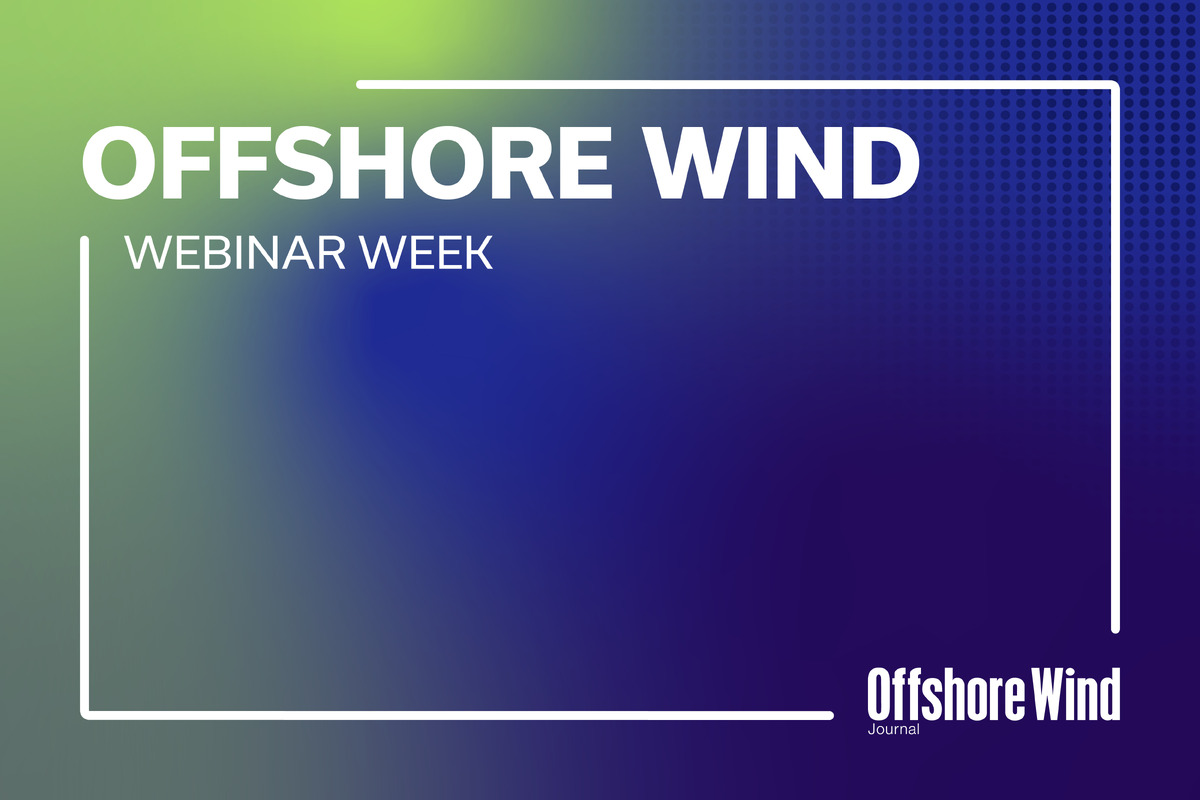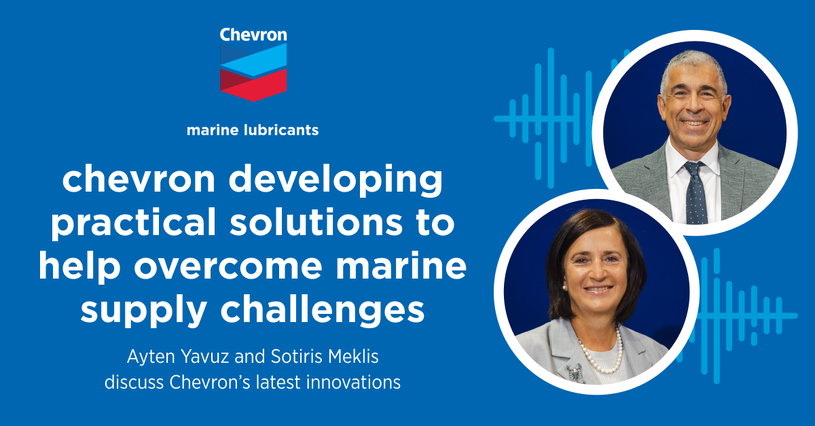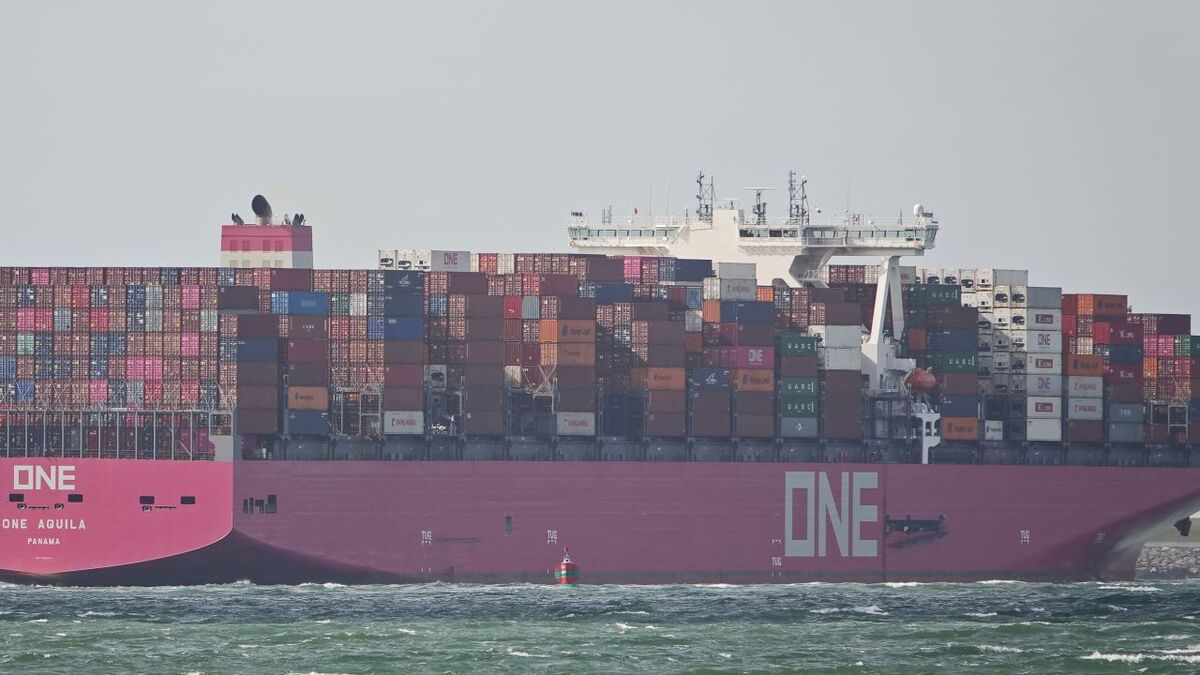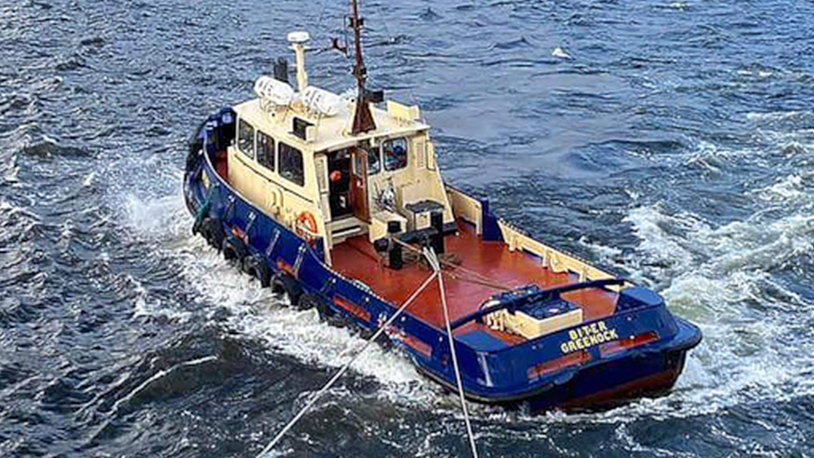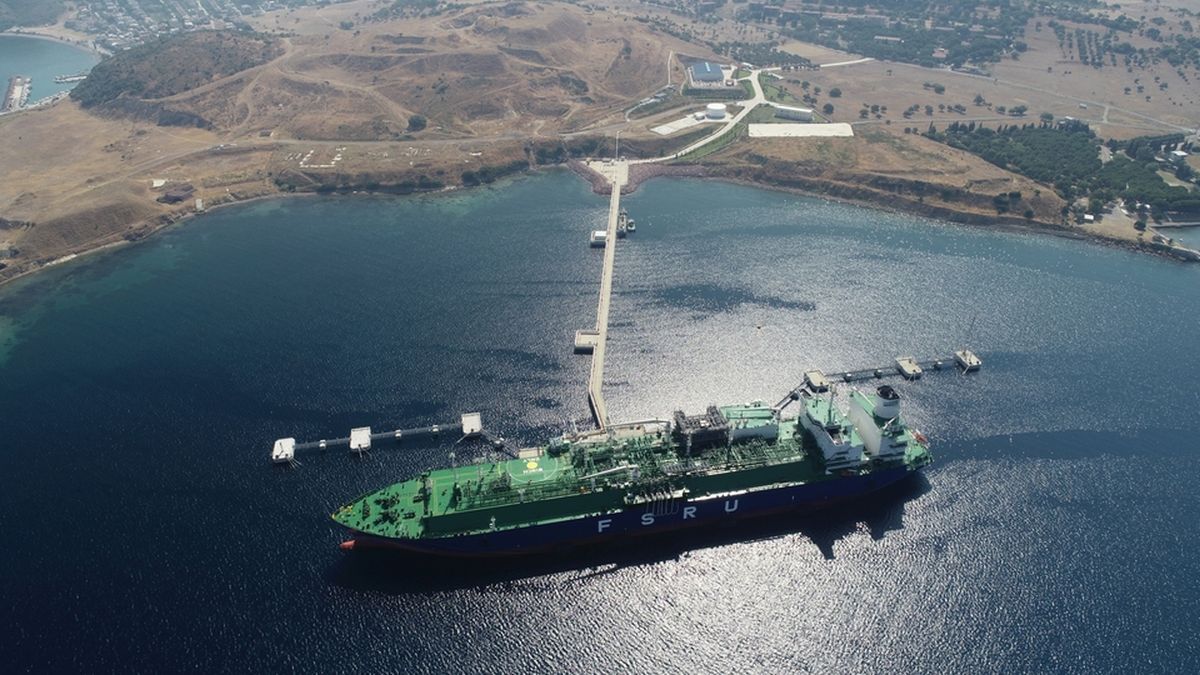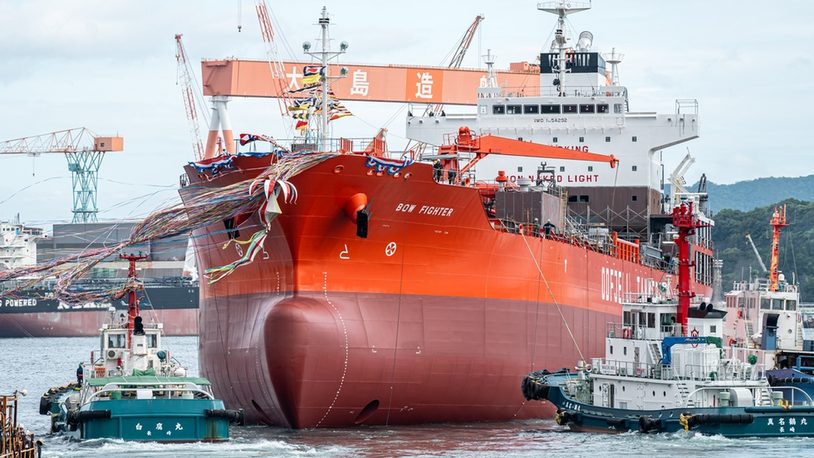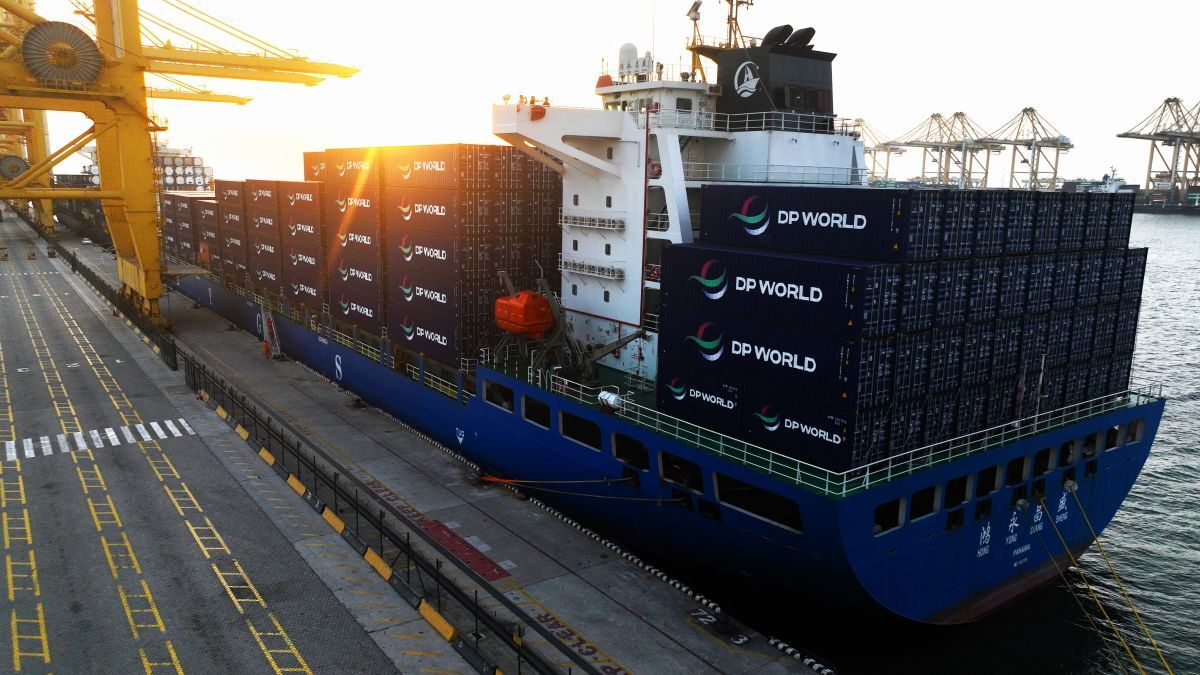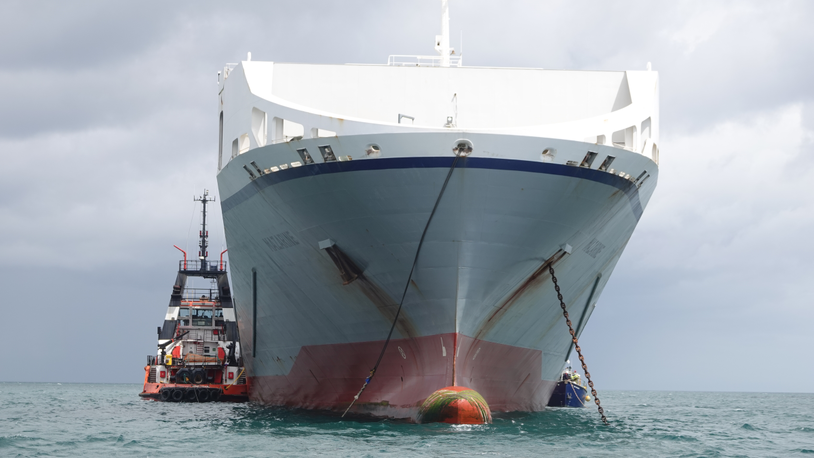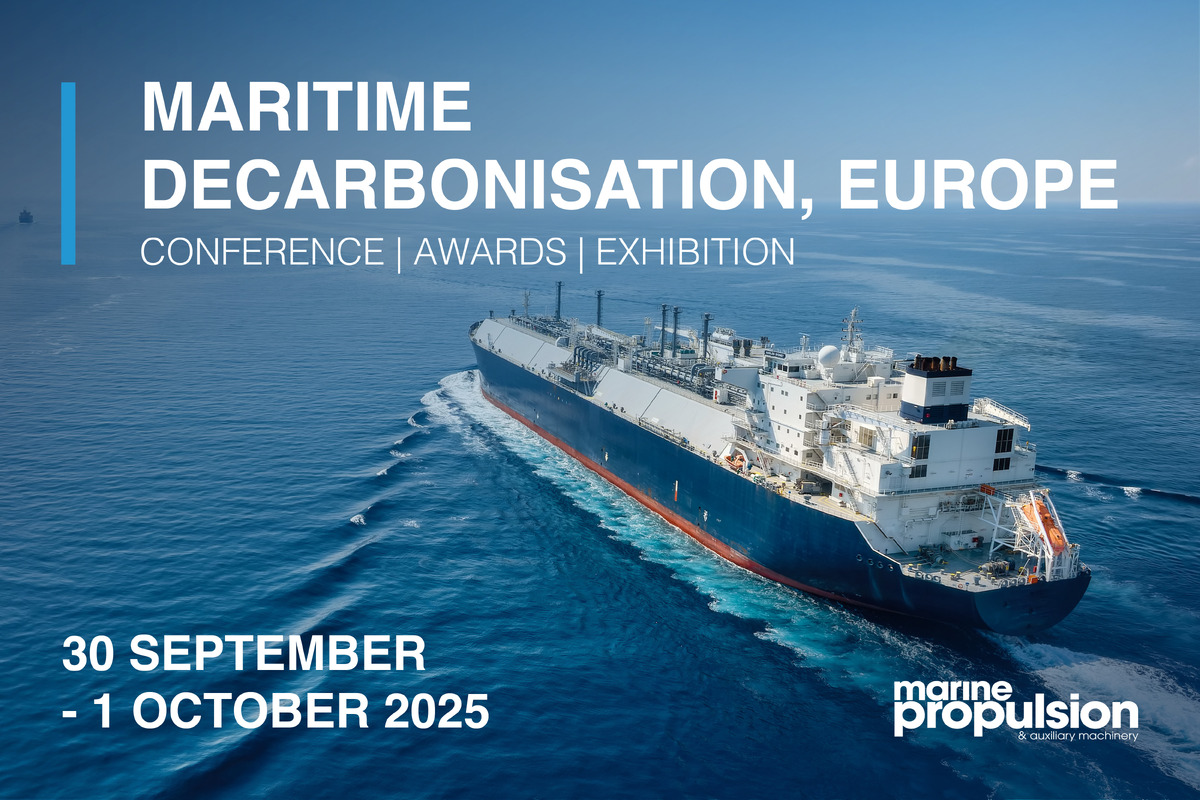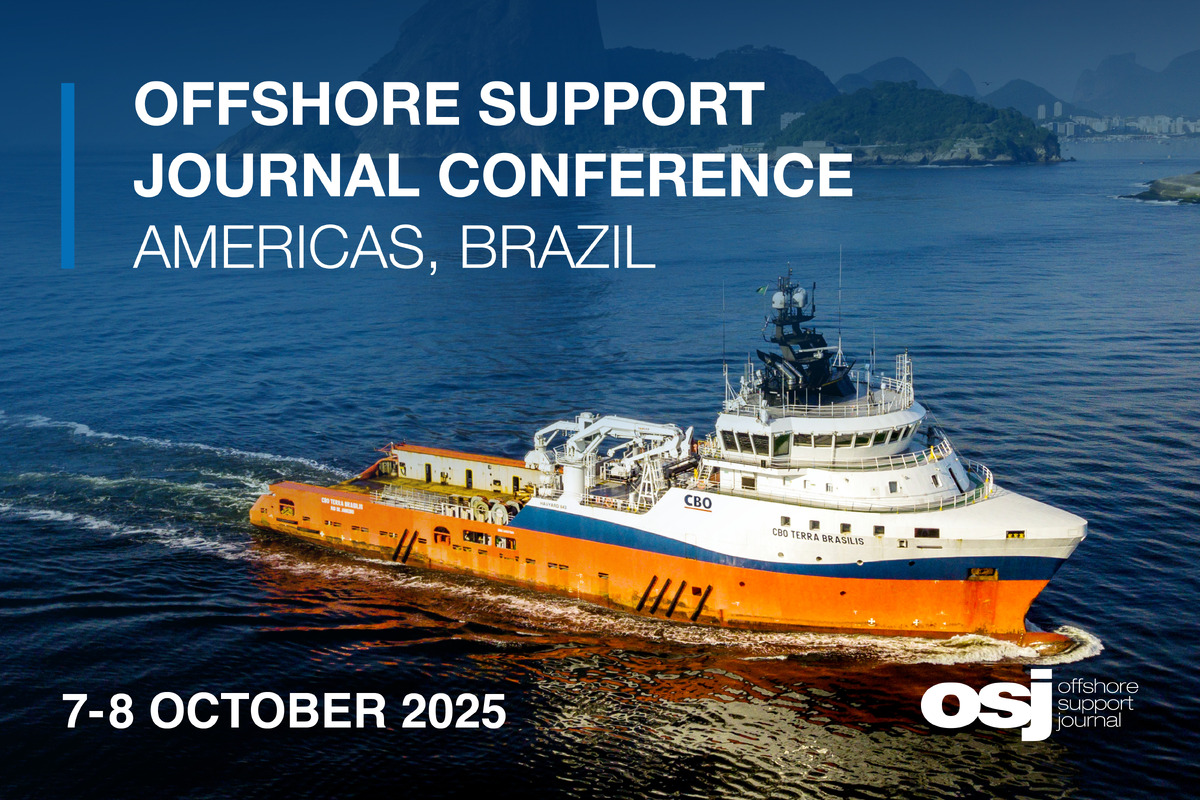Business Sectors
Events
Offshore Wind Webinar Week
Contents
Weather routeing reduces container loss risk
Investing in weather and vessel motion forecasting can prevent lost containers and damaged vessels for container ship operators
The growing number of multi-million dollar maritime losses involving containers going overboard and damaged stacks highlights the need for better voyage planning to avoid hazardous weather and sea conditions.
In November 2020, container ships ONE Apus and ONE Aquila lost or damaged hundreds of containers due to gale-force winds and large swells caused by heavy weather in the northern Pacific.
Then at the end of December, Evergreen Marine container ship Ever Liberal lost 36 containers in storm conditions, 20 nautical miles off Japan. Another 21 container were damaged as the stack collapsed.
These are just two of many recent events where containers were lost due to stormy seas. In May 2020, an APL container ship lost about 40 containers overboard off the coast of Australia and in July, MSC Palak lost at least 23 containers near Port Elizabeth, South Africa due to bad weather.
There have been others in the past few years, including MSC Zoe’s container losses off the Netherlands, when struck by a rogue wave.
While proper packing, stowage, securing containers and reporting the correct weight is paramount to a successful delivery, weather is one variable that continues to wreak havoc on container transport.
The extent of these issues over the past decade was highlighted by World Shipping Council. It stated its members lost an average of 1,382 containers annually between 2008 and 2019 with most at least partially caused by weather.
With container ships stacked higher with more cargo and becoming larger year-on-year, with 24,000-TEU ships ordered from a Chinese shipyard over the past two months, it is becoming ever-more important to use weather routeing services to avoid the worst conditions.
Advancements in metocean data and technology can help ship operators reduce, or possibly avoid these significant losses, said DTN senior vice president for weather Mike Eilts.
“Weather is the fuel of the future,” he said. “Mariners have always relied on, or been at the mercy of, weather. Now, with a powerful combination of data science and weather insights, mariners can use weather to optimise their shipping operations and keep their crews and cargo safe.”
The next innovation emerging for safe seakeeping is vessel motion forecasting, Mr Eilts noted.
“Rolling is one of the main causes of container damage and loss,” he said. “A ship severely rolling due to a combination of the timing of waves passing through the vessel and the ship’s natural roll parameter can cause cargo damage, loss of cargo, and in extreme cases, capsize the ship.”
This parametric rolling can particularly affect container ships due to their design, hull size, wide beam and maximum cargo capacity.
Vessel motion forecasting combines atmospheric, oceanic and wave spectra to predict the ship’s motions, such as pitch, and roll and the impact of the waves minutes before it occurs.
“It can optimise the vessel’s performance during the voyage and aid in critical seakeeping decisions when confronting choppy seas,” said Mr Eilts.
“We are continuing to see research and the development of innovative metocean tools,” he continued. “With the right data and insights, the maritime industry will have the best operational intelligence to reduce incidents that threaten cargo or crew safety.”
With losses racking up for container liners it is becoming critical for owners and operators to deploy weather routeing and vessel motion forecasting to protect client’s cargo and reduce the risk of maritime accidents.
Voyage optimisation and ship safety will be discussed in depth during Riviera’s series of virtual conferences and Webinar Weeks during 2021 - use this link for more details and to register for these events
Related to this Story
Events
Offshore Wind Webinar Week
Maritime Decarbonisation, Europe: Conference, Awards & Exhibition 2025
Offshore Support Journal Conference, Americas 2025
© 2024 Riviera Maritime Media Ltd.
